This Pollination Powerhouse Might Surprise You!
Pollinators are critical. After all a whopping 80 per cent of the world’s plants rely on them! When you think of a pollinator, what’s the first critter that pops into your head? I bet it’s a bee! And rightly so – they’re incredible pollinators, tirelessly buzzing from one flower to another from dawn until dusk. But what about when the stars come out? Does pollination take a break? Nope! Enter moths – they’ve got the night shift covered!
As moths move from one blossom to another, pollen sticks to their fuzzy chests. Then, when they visit a fresh flower for a snack, they bring along that precious pollen cargo! And here’s some food for thought: did you know that certain moths are more efficient pollinators than bees?
Moths Surprising Impact on Pollination
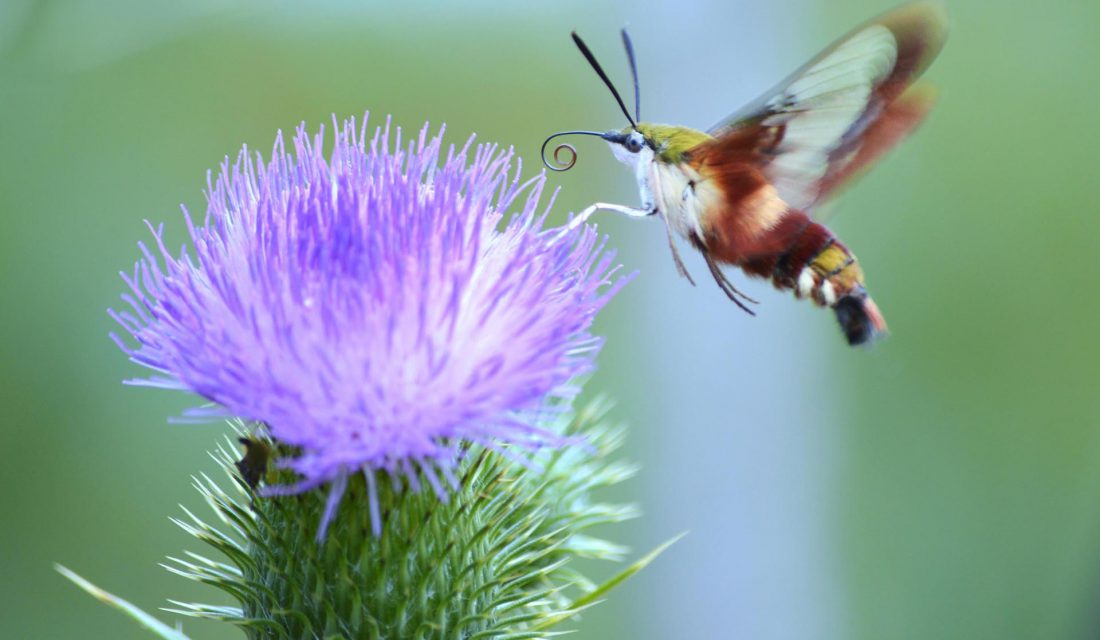
In an eye-opening study from 2023, researchers at the University of Sussex revealed that moths truly are night-time champions of pollination. They kick it into high gear, pollinating flowers super-fast – think turbo mode! Their incredible efforts play a vital role in pollination during the short dark hours.
Another 2023 study from the University of Sheffield discovered that moth contributions have been flying under the radar on several fronts. It turns out, they’ve been visiting just as many plants as bees do all the while. Plus, they’re carrying even more pollen than we ever imagined on their fuzzy bodies. What’s more, they’re also visiting more trees and fruit crops than researchers tracked before. And get this – they stick to their own lane – pollinating plant species that bees are more likely to fly by.
A Major Buzzkill

Sadly, moths are in decline. In Canada alone, there are about 5,000 moth species, but their numbers have plummeted by a staggering 85 per cent since the 1950s. Clearly, these little guys need a helping hand.
So, when we think about saving our pollinators, we need to think bigger than just bees. Moths deserve our conservation efforts just as much.
If we’re serious about creating thriving habitats for moths, it’s time to roll up our sleeves and start planting with them in mind. Let’s turn our concrete jungles into buzzing havens for these pollinators!
How to Help Moths
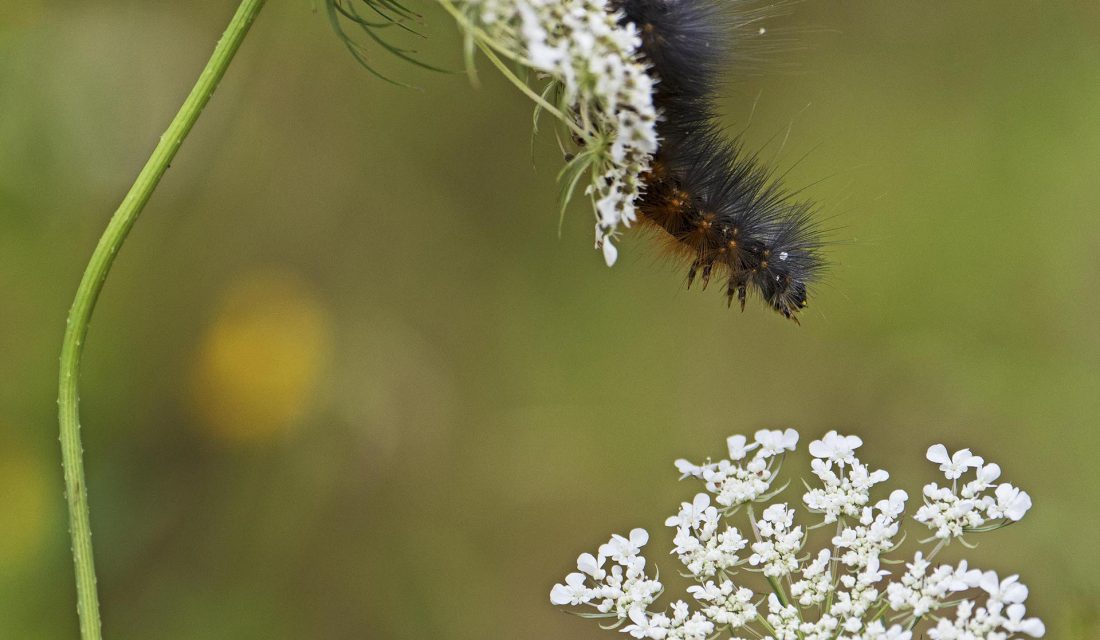
A Woolly Bear or Yellow Bear caterpillar (Spilosoma virginica) is a species of moth in the subfamily Arctiinae. As an adult, it is known as the Virginian tiger moth.There are plenty of things you can do to help moths on your property.
- Do plant flowers that are white or dull in colour – they stand out at night.
- Do choose flowers that are nocturnal – meaning their blooms open in the evening or night.
- Don’t use bug zappers! You’re not killing mosquitoes anyway since they’re not drawn to light. You’re just killing lots and lots of moths.
- Do plant a variety of natives native that support moths at different stages of their development like White Evening Primrose (Oenothera nuttallii), Wild Bergamot (Monarda fistulosa) and Buttonbush (Cephalanthus occidentalis), oaks, hawthorns, maples, cherries, plums and snowberries. Check out our Native Plant Encyclopedia – you can filter by flower colour to find white, yellow and other pale coloured flowers.
- Don’t rake up all the leaves in your yard in the fall. Leave some leaves below your trees as many moth species, like the Hummingbird Clearwing Moth, will bury into the leaves in their adolescent stages until they become adults.
- Do rethink artificial light as it can confuse these important pollinators and make it nearly impossible for them to decipher between natural light and artificial light.
- Do buy adjustable outdoor lights. While LEDs are fantastic for the environment, they have higher levels of blue light that insects are drawn to. Alter that colour to a warmer light.
- Don’t add lights to your garden – especially if you want your flowers to be pollinated overnight!
- Do choose lights that shine down. When lights shoot up into the sky, it can draw more and more nocturnal insects and stop them from pollinating.
- Do keep light limited. You don’t really need your outdoor lights on from sundown to sunrise, do you? Opt for lights on a timer or turn your lights off when you’re not using them.

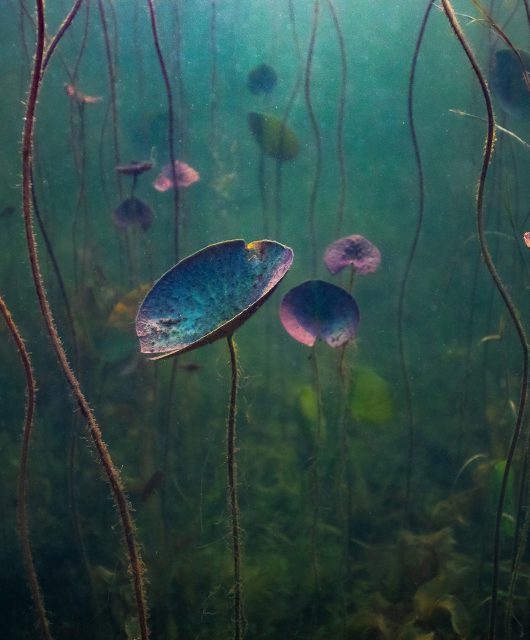
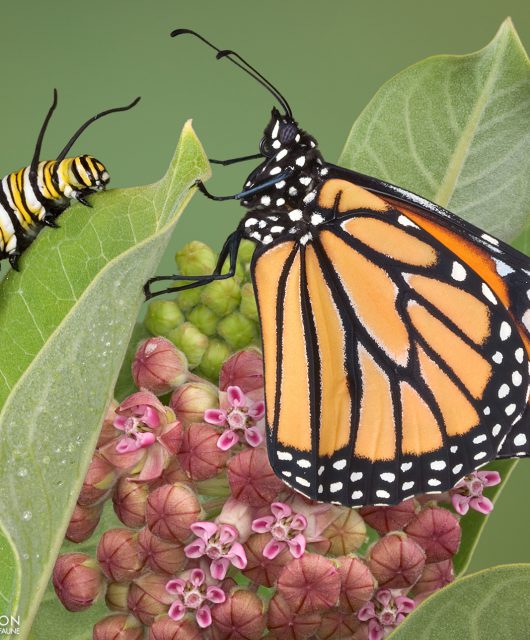
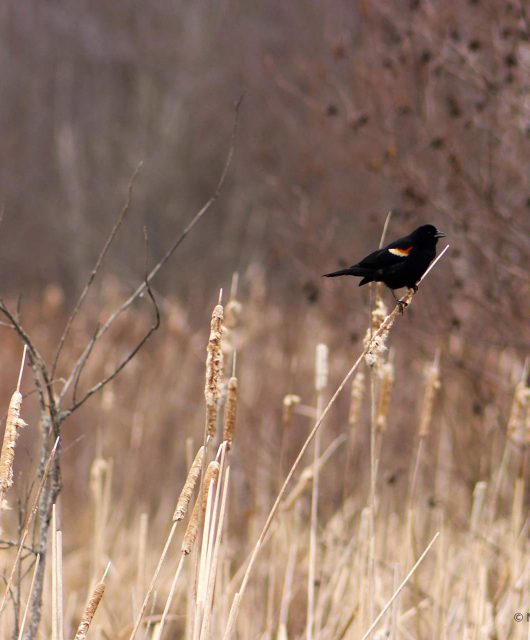
6 comments
I’ve noticed the decline of moths and other insects over the years, well, everything except mosquitos and deer flies; more of us, more of them. Letting more of the property return to natural growth, and I never got the leaf raking obsession, they all vanish the following Spring. Doing my bit to reduce invasivie earthworms by spreading crushed eggshells, getting lots of help from the moles. Plannning on putting an inground pond in the yard, started it years ago, it seems more important now. I have an idea for ‘restoring’ my old spring fed beaver pond, I think creating new wetland habitat would be more beneficial for wildlife these days than doing nothing. Cheers.
Hello, There is alot of good information about moths in this article. BUT not all moths are pollinators, in fact, few are flower visitors. The study that is referenced only looked at moth visitations to bramble (Rubus fructicosus agg.), and, unfortunately, did not identify the moths that visited the flowers. However, we can be certain that it was not a member of the Saturniidae family. Members of the family have reduced mouthparts and do not feed as adults. The background image in the header headline is a saturniid moth that is not native to Canada. You may wish to replace it with a moth that actually visits flowers. Regards, Antonia
Hello, Antonia. Thanks so much for your comment and that’s very interesting! We’re going to look into this more.
This is a really good issue. Plaudits!
Hi April,
In your article “This Pollination Powerhouse Might Surprise You!”, contrary to your statement “While LEDs are fantastic for the environment,…”, LEDs are terrible for the natural environment! Please clarify your statement.
Hi Cathy,
According to the U.S. Department of Energy, residential LEDs — especially ENERGY STAR rated products — use at least 75% less energy, and last up to 25 times longer, than incandescent lighting. Thank you for your comment.